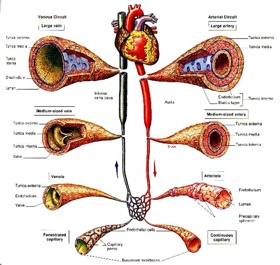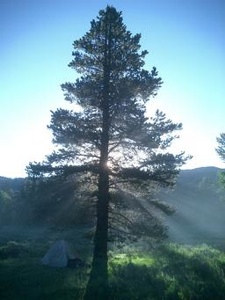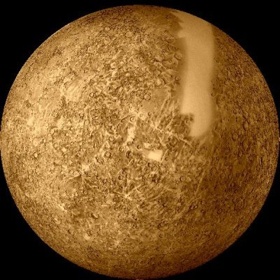 Music
Music  Music
Music  History
History 10 Less Than Jolly Events That Occurred on December 25
 Weird Stuff
Weird Stuff 10 Funny Ways That Researchers Overthink Christmas
 Politics
Politics 10 Political Scandals That Sent Crowds Into the Streets
 Weird Stuff
Weird Stuff Ten Bizarre Facts About The Doge Meme
 Our World
Our World 10 Ways Your Christmas Tree Is More Lit Than You Think
 Movies and TV
Movies and TV The 10 Coolest Stars to Set Sail on The Love Boat
 History
History 10 Things You Didn’t Know About the American National Anthem
 Technology
Technology Top 10 Everyday Tech Buzzwords That Hide a Darker Past
 Humans
Humans 10 Everyday Human Behaviors That Are Actually Survival Instincts
 Music
Music 10 Surprising Origin Stories of Your Favorite Holiday Songs
 History
History 10 Less Than Jolly Events That Occurred on December 25
 Weird Stuff
Weird Stuff 10 Funny Ways That Researchers Overthink Christmas
Who's Behind Listverse?

Jamie Frater
Head Editor
Jamie founded Listverse due to an insatiable desire to share fascinating, obscure, and bizarre facts. He has been a guest speaker on numerous national radio and television stations and is a five time published author.
More About Us Politics
Politics 10 Political Scandals That Sent Crowds Into the Streets
 Weird Stuff
Weird Stuff Ten Bizarre Facts About The Doge Meme
 Our World
Our World 10 Ways Your Christmas Tree Is More Lit Than You Think
 Movies and TV
Movies and TV The 10 Coolest Stars to Set Sail on The Love Boat
 History
History 10 Things You Didn’t Know About the American National Anthem
 Technology
Technology Top 10 Everyday Tech Buzzwords That Hide a Darker Past
 Humans
Humans 10 Everyday Human Behaviors That Are Actually Survival Instincts
Top 20 Amazing Science Facts
Another trivia list! This list explores a variety of fascinating scientific facts that you probably are unaware of. Science is still a very mysterious subject so there are millions of trivial facts about it – this will be the first of many scientific fact lists in the future.
Facts 1 – 5
1. There are 62,000 miles of blood vessels in the human body – laid end to end they would circle the earth 2.5 times
2. At over 2000 kilometers long, The Great Barrier Reef is the largest living structure on Earth
3. The risk of being struck by a falling meteorite for a human is one occurrence every 9,300 years
4. A thimbleful of a neutron star would weigh over 100 million tons
5. A typical hurricane produces the energy equivalent of 8,000 one megaton bombs
Like science? You’ll love How to Build a Hovercraft: Air Cannons, Magnetic Motors, and 25 Other Amazing DIY Science Projects at Amazon.com!
Facts 6 – 10
6. Blood sucking hookworms inhabit 700 million people worldwide
7. The highest speed ever achieved on a bicycle is 166.94 mph, by Fred Rompelberg
8. We can produce laser light a million times brighter than sunshine
9. 65% of those with autism are left handed
10. The combined length of the roots of a Finnish pine tree is over 30 miles
Facts 11 – 15
11. The oceans contain enough salt to cover all the continents to a depth of nearly 500 feet
12. The interstellar gas cloud Sagittarius B contains a billion, billion, billion liters of alcohol [JFrater is planning to move there in the near future]
13. Polar Bears can run at 25 miles an hour and jump over 6 feet in the air
14. 60-65 million years ago dolphins and humans shared a common ancestor
15. Polar Bears are nearly undetectable by infrared cameras, due to their transparent fur
Check out the incredible hands-on projects you can do at home with The Big Book of Hacks: 264 Amazing DIY Tech Projects at Amazon.com!
Facts 16 – 20
16. The average person accidentally eats 430 bugs each year of their life
17. A single rye plant can spread up to 400 miles of roots underground
18. The temperature on the surface of Mercury exceeds 430 degrees C during the day, and, at night, plummets to minus 180 degrees centigrade
19. The evaporation from a large oak or beech tree is from ten to twenty-five gallons in twenty-four hours
20. Butterflies taste with their hind feet, and their taste sensation works on touch – this allows them to determine whether a leaf is edible












